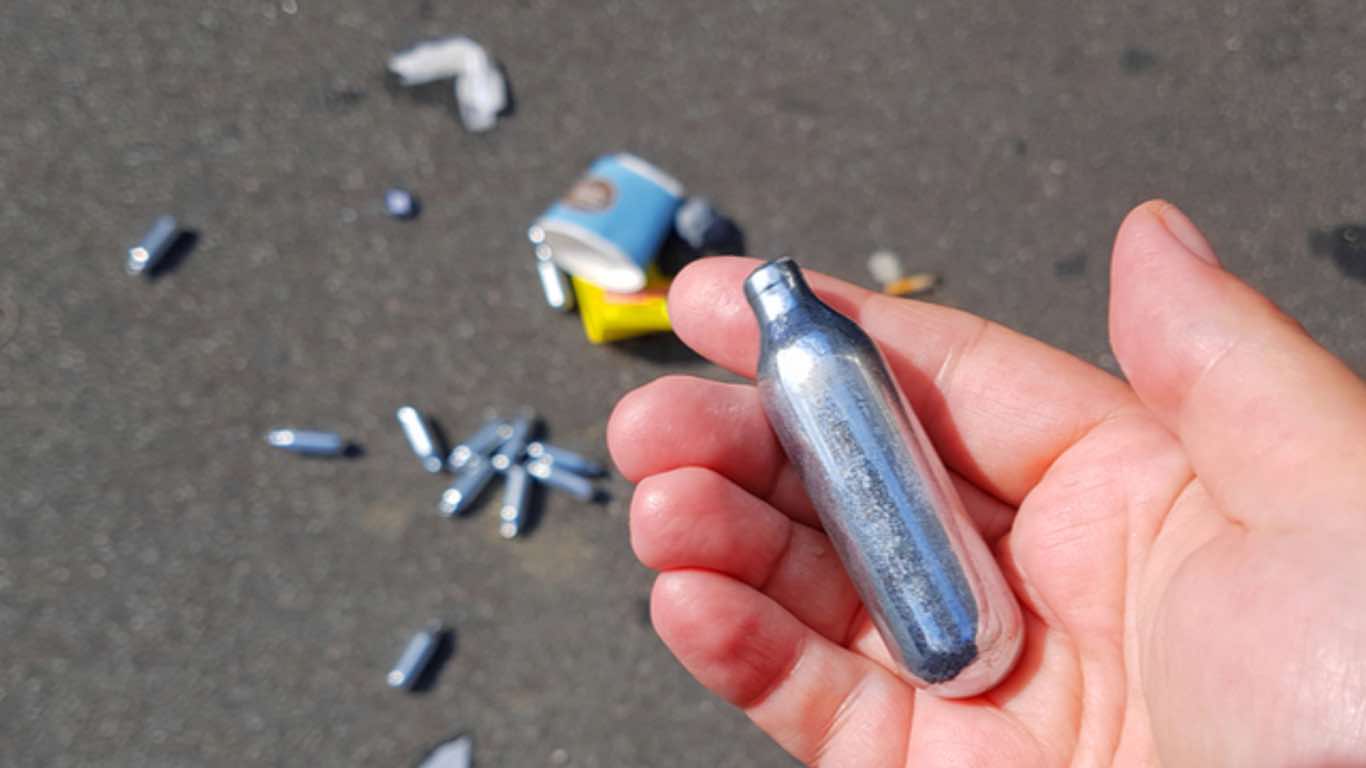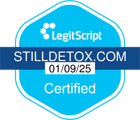What are Whippets?
Whippets, also known as whippits, whip-its, or hippy crack, are widely used inhalant drugs among teenagers and young adults. They involve the inhalation of nitrous oxide, commonly obtained from small chargers used for whipping cream. Whippets are favored for their ability to induce a brief loss of consciousness followed by a euphoric and giggly state. However, it is important to recognize that they rank among the top ten most abused substances globally, carrying potential risks and long-term harm.
Users of whipits drugs typically inhale the gas directly from the chargers, although some choose to fill balloons or bags with the gas for inhalation.
Nitrous oxide, the primary component of whippets drugs, is easily accessible and can be purchased separately, not limited to whipped cream cans. It is worth noting that certain jurisdictions have implemented restrictions on the sale of nitrous oxide canisters to individuals under 21 years old, aiming to address inhalant abuse and promote safety.
Abusing nitrous oxide is known by various names, including laughing gas, nitro, nos, nossies, nangs, and balloons.
This inhalant is derived from easily accessible whipped cream chargers, which offers a fleeting high but is potentially hazardous long term. Parents must take the increasing use of whippets drugs seriously, as adolescents often experiment without fully understanding the lasting negative effects.
| Category | Details |
|---|---|
| Whippets , Whipit Meaning | Recreational inhalation of nitrous oxide, often from whipped cream chargers |
| Effects | Euphoria, relaxation, altered auditory and visual perception, dizziness |
| Risks | Oxygen deprivation, vitamin B12 depletion, potential nerve damage, accidents due to impaired judgment |
| Legality | Varies by region; often legal to possess but illegal to use for recreational inhalation |
| Common Names | Laughing gas, nos, nangs, hippy crack, whippit, whippits, whipits |
According to NIDA;
Nitrites often are considered a special class of inhalants. Unlike most other inhalants, which act directly on the central nervous system (CNS), nitrites act primarily to dilate blood vessels and relax the muscles. While other inhalants are used to alter mood, nitrites are used primarily as sexual enhancers. Nitrites include cyclohexyl nitrite, isoamyl (amyl) nitrite, and isobutyl (butyl) nitrite. Amyl nitrite is used in certain diagnostic procedures and was prescribed in the past to treat some patients for heart pain. Nitrites now are prohibited by the Consumer Product Safety Commission but can still be found, sold in small bottles labeled as “video head cleaner,” “room odorizer,” “leather cleaner,” or “liquid aroma.”
How Whippets Drugs Work and Their Immediate Effects
How whipits make you high?
When nitrous oxide is inhaled, the gas quickly enters the bloodstream through the lungs and reaches the brain. It interferes with the transmission of chemical signals between neurons, disrupting normal brain functions.
Nitrous oxide acts as an N-Methyl-D-Aspartate (NMDA) receptor antagonist. NMDA receptors play a crucial role in the processes of learning, memory formation, and synaptic plasticity. By blocking these receptors, whippets can induce a sense of detachment, distorted perceptions, and impaired motor functions.
Immediate Effects of whippets
The immediate effects of inhaling whippets can vary depending on the dosage and individual factors, but common effects include:
- Euphoria and intense feelings of pleasure
- Distortion of sound and visual perception
- Dizziness, loss of coordination, and impaired motor skills
- Dissociation and a sense of detachment from reality
- Slurred speech and difficulty concentrating
- Nausea, vomiting, and headaches
Dangers of Whippets Drugs
While the effects of whippets are short-lived, lasting only a few minutes, their use can be extremely dangerous and potentially life-threatening. Some of the risks associated with whippet abuse include:
- Oxygen deprivation, which can lead to brain damage, unconsciousness, or death
- Frostbite or burning of the lips, mouth, and airways due to the extreme cold temperature of the gas
- Sudden sniffing death syndrome, a rare but fatal complication caused by the rapid depletion of oxygen
- Increased risk of accidents and injuries due to impaired judgment and motor skills
- Long-term cognitive impairment and vitamin B12 deficiency with chronic use
Long term Cognitive and Brain Issues
One of the most insidious dangers of whippet abuse is its ability to cause lasting cognitive deficits. The inhalation of nitrous oxide deprives the brain of oxygen, which can kill neurons. Over time, this may result in significant impairments to critical cognitive functions like memory, concentration, and problem-solving abilities. These effects can persist long after stopping use.
Muscle Atrophy
Prolonged use of whippets is associated with severe vitamin B12 deficiency. This is due to the fact that overuse can hinder the normal processing of this vital nutrient, leading to significant muscle weakness and, in some cases, requiring hospital care.
The consequences seen with extensive whippet usage may resemble those of conditions such as Guillain-Barré syndrome, in which the immune system turns against the body’s nerves. In the case of severe B12 deficiency, prolonged hospital stays might become necessary, and there’s a risk of permanent muscle function loss.
Organ Injury
Moreover, repeated abuse of whippets can cause a substantial decrease in blood oxygen levels. This lack of oxygen can exert considerable strain on essential organs, potentially leading to the onset of kidney disease and liver damage.
Kidneys and the liver, as end organs, sit at the final point of the body’s oxygen supply chain. Thus, with the decline in oxygen saturation due to chronic inhalant abuse, these organs might receive less oxygen, potentially leading to their dysfunction.
Smoking weed while doing whippets
The combined use of whippets with weed (cannabis) is becoming increasingly common among recreational drug users, but it poses significant health risks. Whippets can cause immediate effects like dizziness, euphoria, and short-term loss of motor control, while cannabis may amplify these effects, leading to an unpredictable and potentially dangerous experience. The mixture of these substances can result in impaired judgment, respiratory issues, and a heightened risk of accidents or overdose.
Whippets Addiction. Are whippets addictive?
Whippets, like other illicit drugs, can be highly addictive. Scientific research has shown that nitrous oxide directly interacts with the body’s opioid receptors, highlighting its addictive properties similar to substances such as heroin or oxycodone.
It is important to note, however, that whippet addiction is relatively uncommon. The short-lived effects of nitrous oxide require repeated consumption of significant quantities to develop a physical addiction. In such cases, individuals may display symptoms associated with a classic substance use disorder. They may persistently pursue the euphoric sensation induced by nitrous oxide, disregarding the negative consequences. Additionally, upon discontinuation of use, individuals may experience withdrawal symptoms.
Signs of Whippets Abuse
Identifying repeated usage of the whippets drug is crucial due to its associated risks. Unless one encounters a person during the brief moments of intoxication, it may be challenging to detect obvious signs of being high.
If you observe one or more of the following warning signs in your friends or family members, they may be using whippets:
- Frequent complaints of a sore throat
- Unexplained facial rashes
- Instances of memory loss
- Decline in cognitive abilities
- Possession of small metal canisters
- Unusual fascination with whipped cream
- Strange odors on their breath
- Possession of deflated balloons with peculiar smells
Teenagers using whippets may suddenly gravitate towards new friends, displaying disinterest in their old social circle. Once-bright and motivated individuals might become apathetic, performing poorly in academic settings. Social individuals may withdraw, losing enthusiasm for their former hobbies. Financial issues without apparent cause and recurring unexplained injuries could also be indicators of whippets abuse.
Physical Symptoms of whippets addiction
Inhaling nitrous oxide, or “whippets,” can lead to various physical signs of abuse and addiction. Users may experience short-term effects like dizziness, headaches, and nausea. Prolonged use can cause more severe symptoms such as:
- Numbness or tingling in the extremities
- Impaired motor coordination and balance
- Disorientation and confusion
- Severe vitamin B12 deficiency
- Nerve damage (neuropathy)
Long-term whippet abuse can also result in lasting harm to the brain and central nervous system.
Behavioral Changes
Beyond the physical toll, whippet addiction often manifests through noticeable behavioral shifts. Users may exhibit signs like:
- Social withdrawal and isolation
- Loss of interest in hobbies or activities
- Mood swings and irritability
- Lying or secretive behavior to hide drug use
- Financial issues from spending money on whippets
As the addiction progresses, individuals may prioritize obtaining and using whippets over other responsibilities like work, school, or personal relationships.
Psychological symptoms of someone using whippets
Psychological signs of whippet abuse and addiction can include:
- Impaired judgment and decision-making abilities
- Difficulty concentrating or focusing
- Increased anxiety, paranoia or depression
- Psychosis or disconnection from reality (with heavy use)
Whippet inhalants can also exacerbate underlying mental health conditions. Users may experience worsening symptoms related to disorders like schizophrenia.
While some may not view whippits as a significant drug concern, it’s worth noting that SAMHSA has identified them as one of the commonly misused inhalants, surpassing the misuse rates of gasoline, spray paint, and lighter fluid.
According to their data, approximately 4.6% of individuals aged 12 to 17 have reported misuse, with a slightly higher rate of 5.6% among individuals 26 and older.
Whippets Withdrawal: Detox and Recovery
Whippets withdrawal can be physically and mentally challenging, increasing the risk of relapse. It is recommended to undergo detox in a specialized treatment center under medical supervision to prevent relapse. Creating a safe environment is crucial, and while no specific medications target whippets withdrawal, some may help with symptoms like nausea and sleeplessness.
In whippets addiction treatment, inpatient rehab provides a break from daily routines and starts with medical detox. Various therapies address underlying thoughts and behaviors, supported by group therapy.
What is Sudden Sniffing Death Syndrome?
The abuse of certain inhalant substances, including whippets (nitrous oxide), can result in a rare but potentially fatal outcome known as Sudden Sniffing Death Syndrome (SSDS). It refers to a sudden and unexpected cardiac arrest that can happen even after a single instance of inhaling these substances.
SSDS occurs due to the toxic effects of inhalants on the heart, leading to an irregular heartbeat or arrhythmia. When the heart rhythm becomes severely disrupted, it can result in cardiac arrest, where the heart suddenly stops beating effectively. This can happen even in young and otherwise healthy individuals.
The exact mechanisms behind SSDS are not fully understood, but it is believed that inhalants can sensitize the heart to adrenaline, causing a surge in stress hormones and triggering a potentially fatal arrhythmia.








